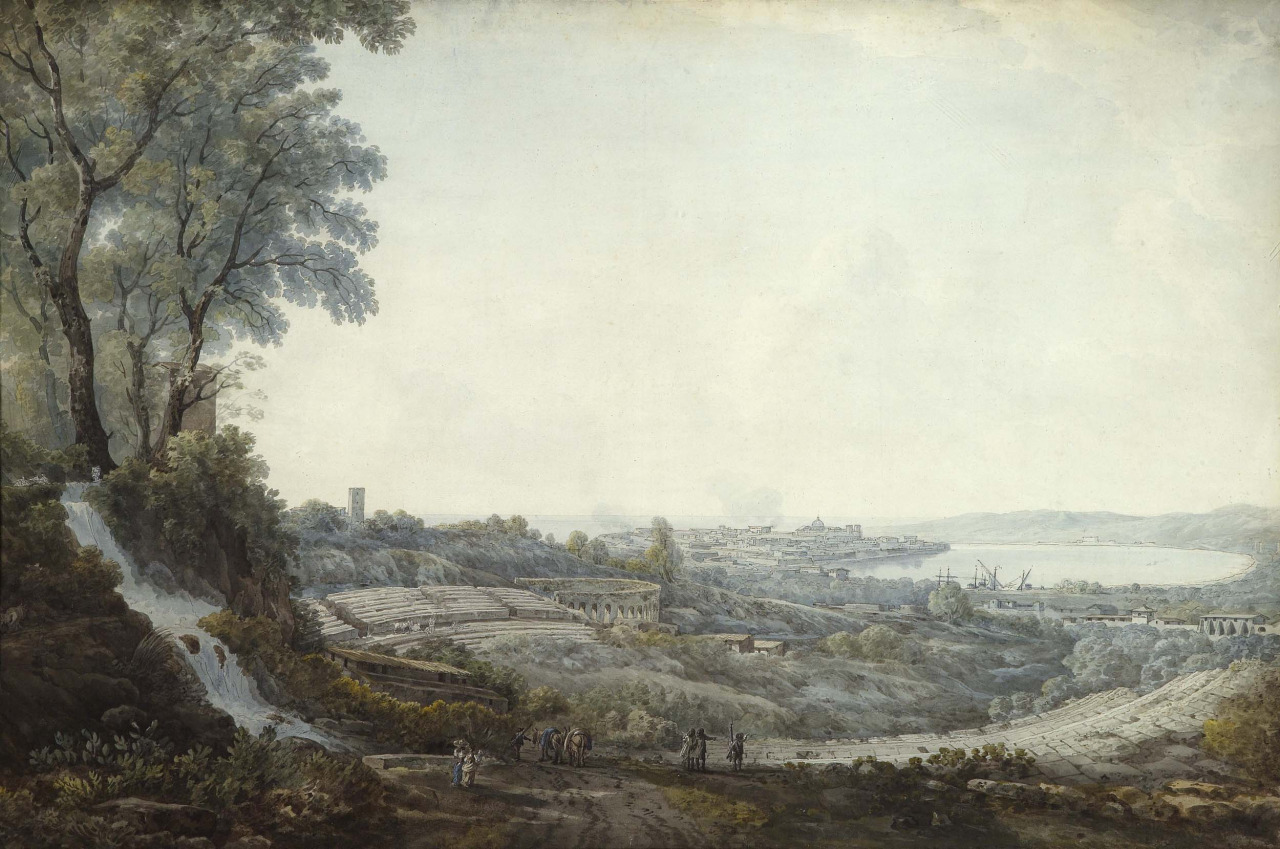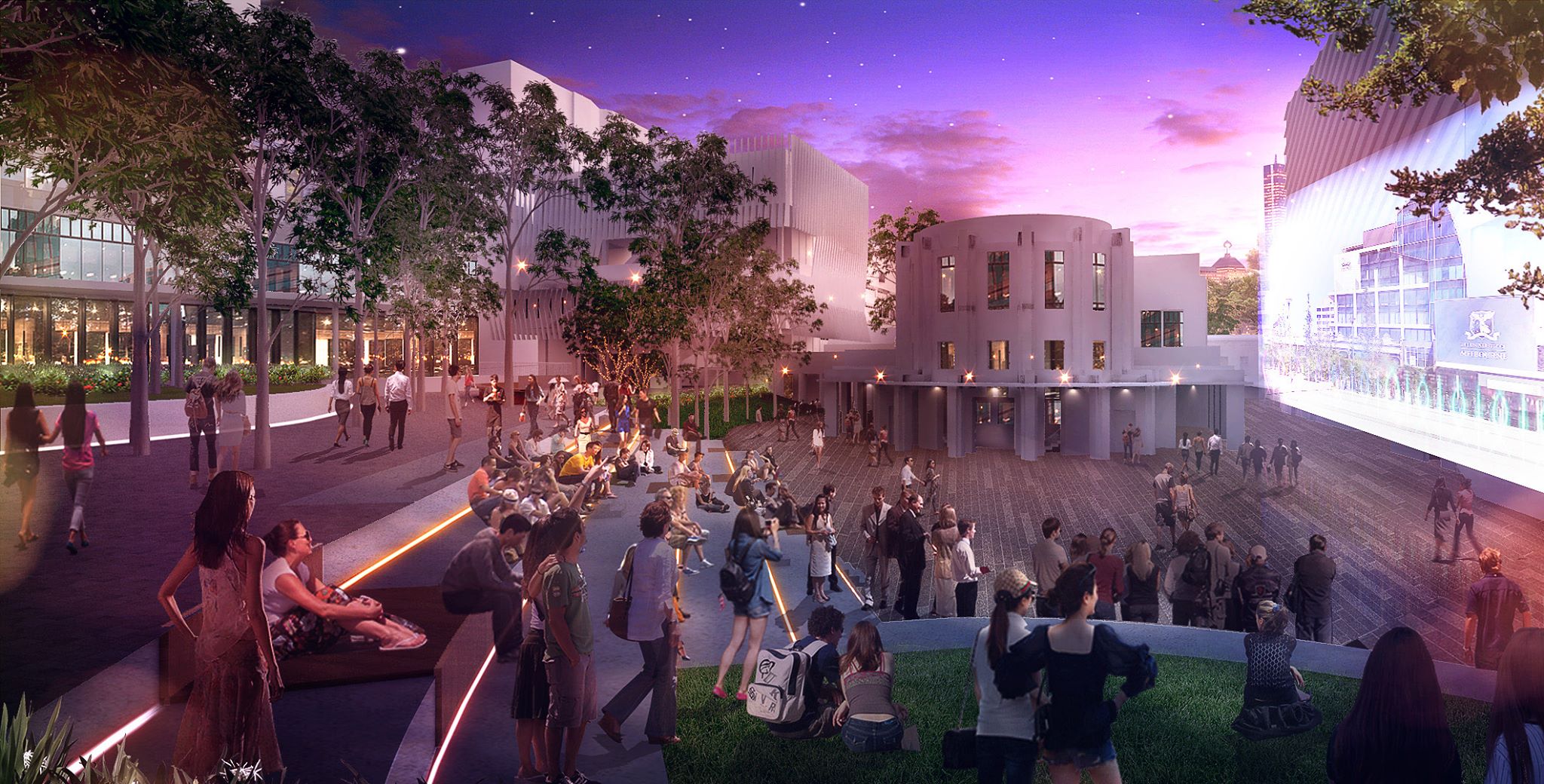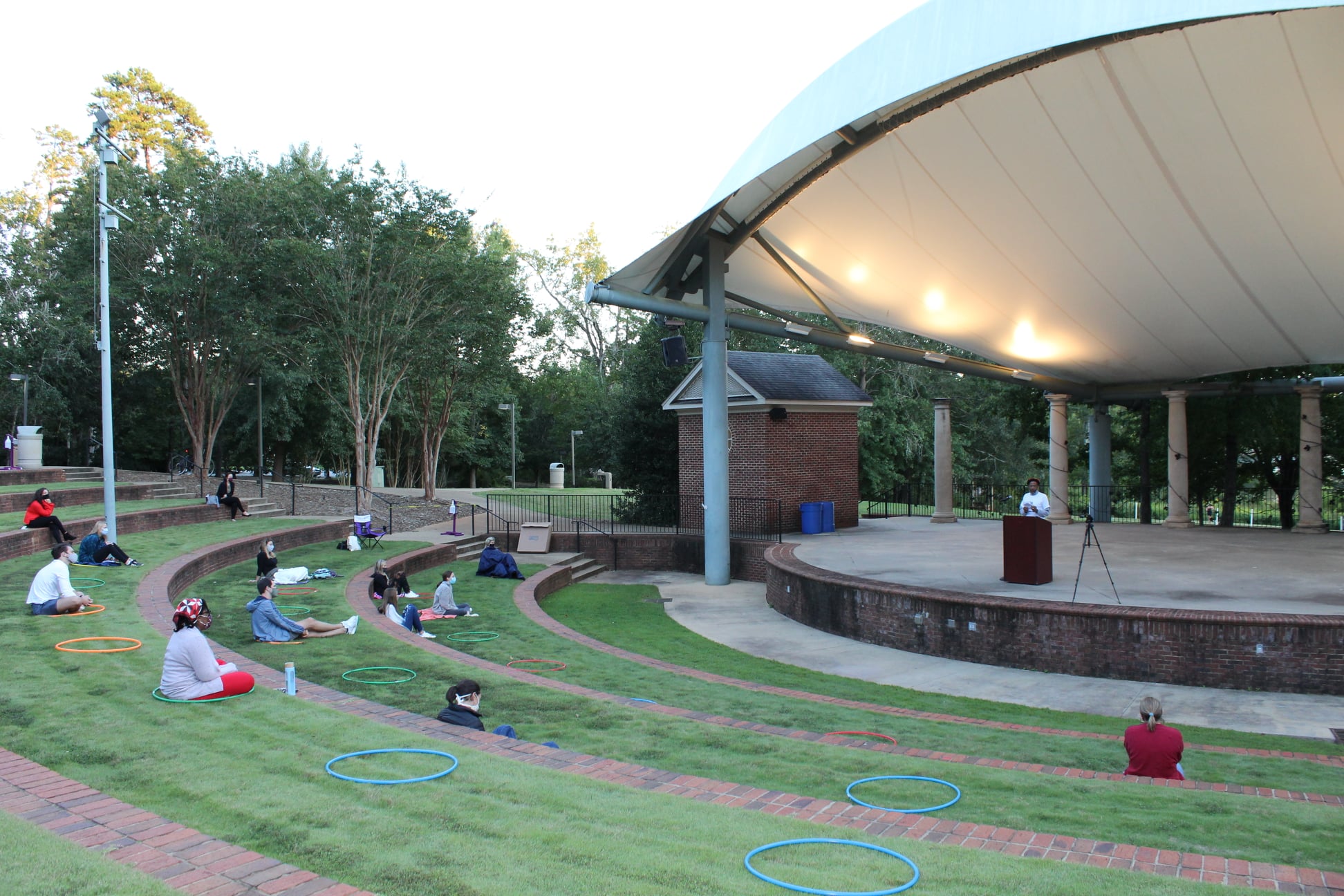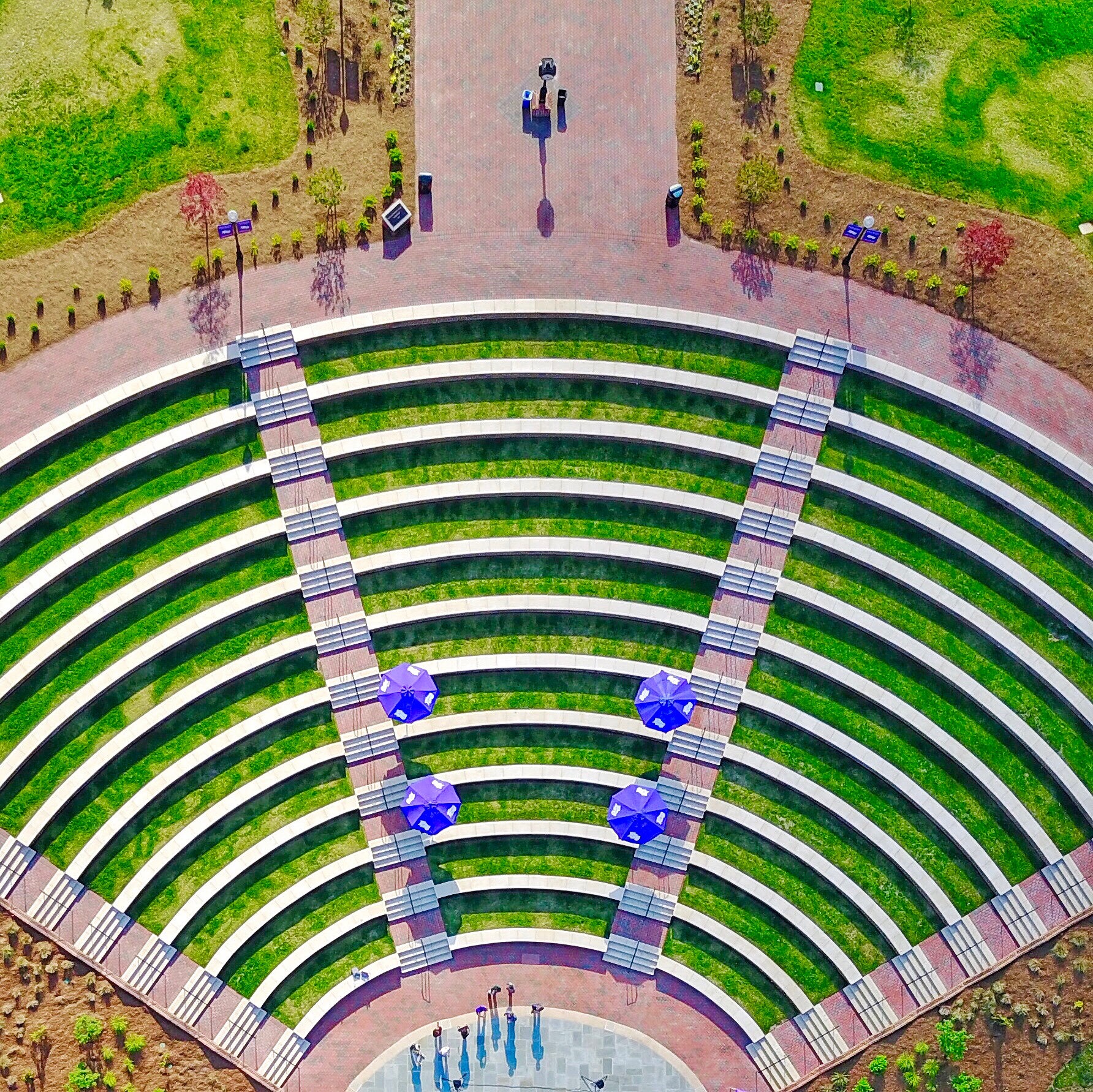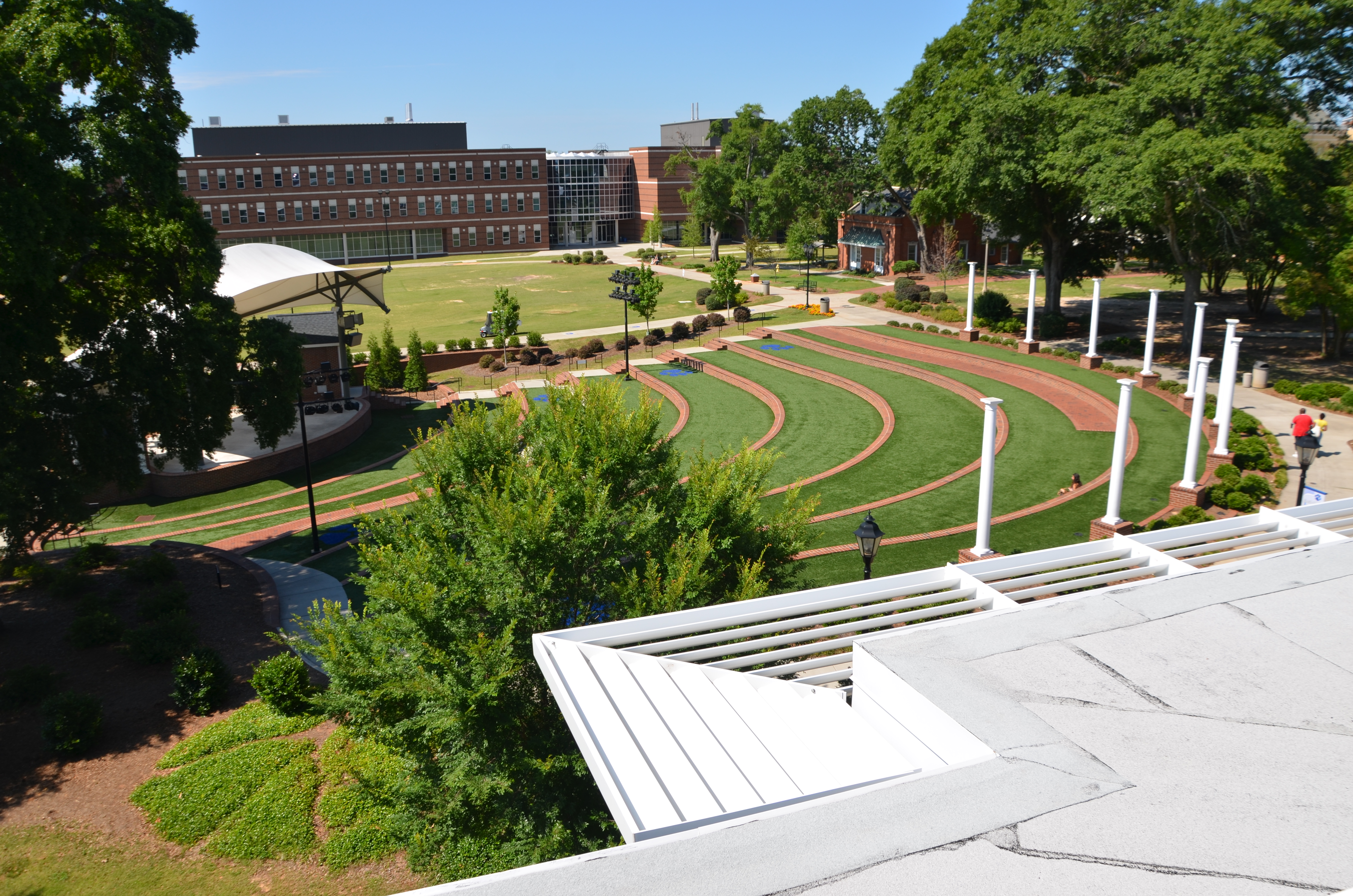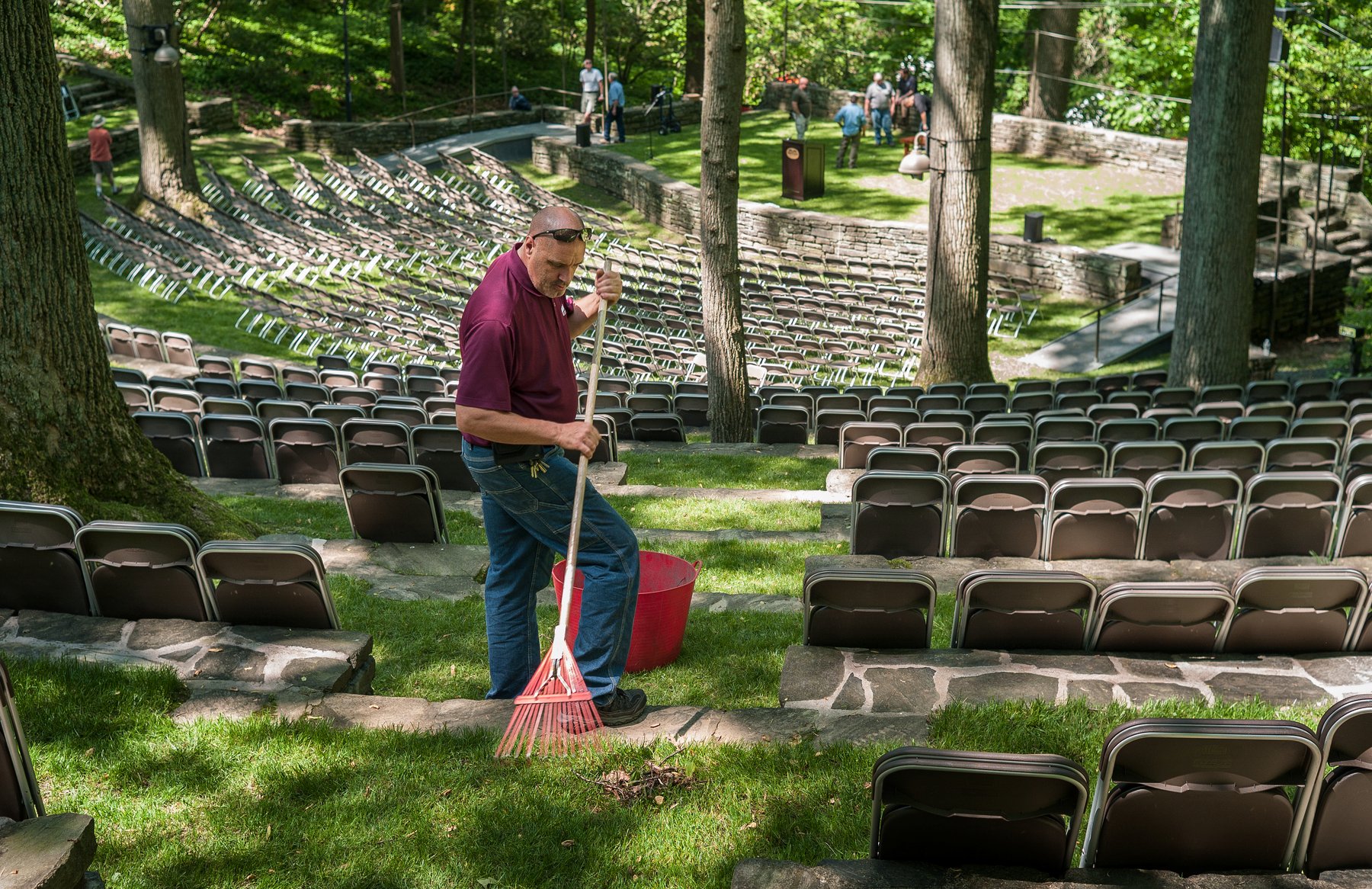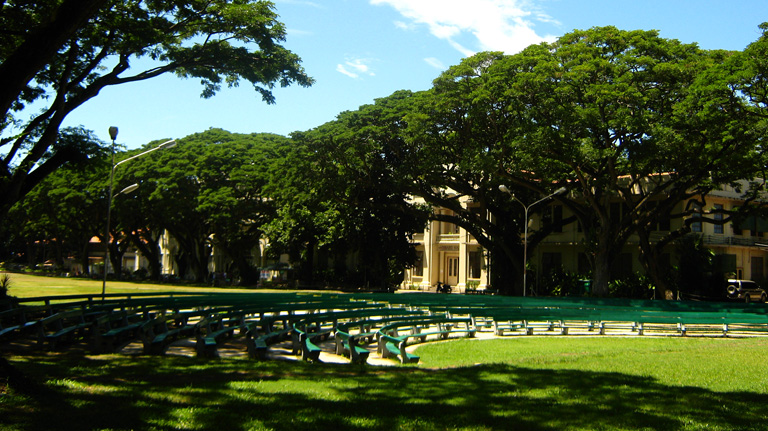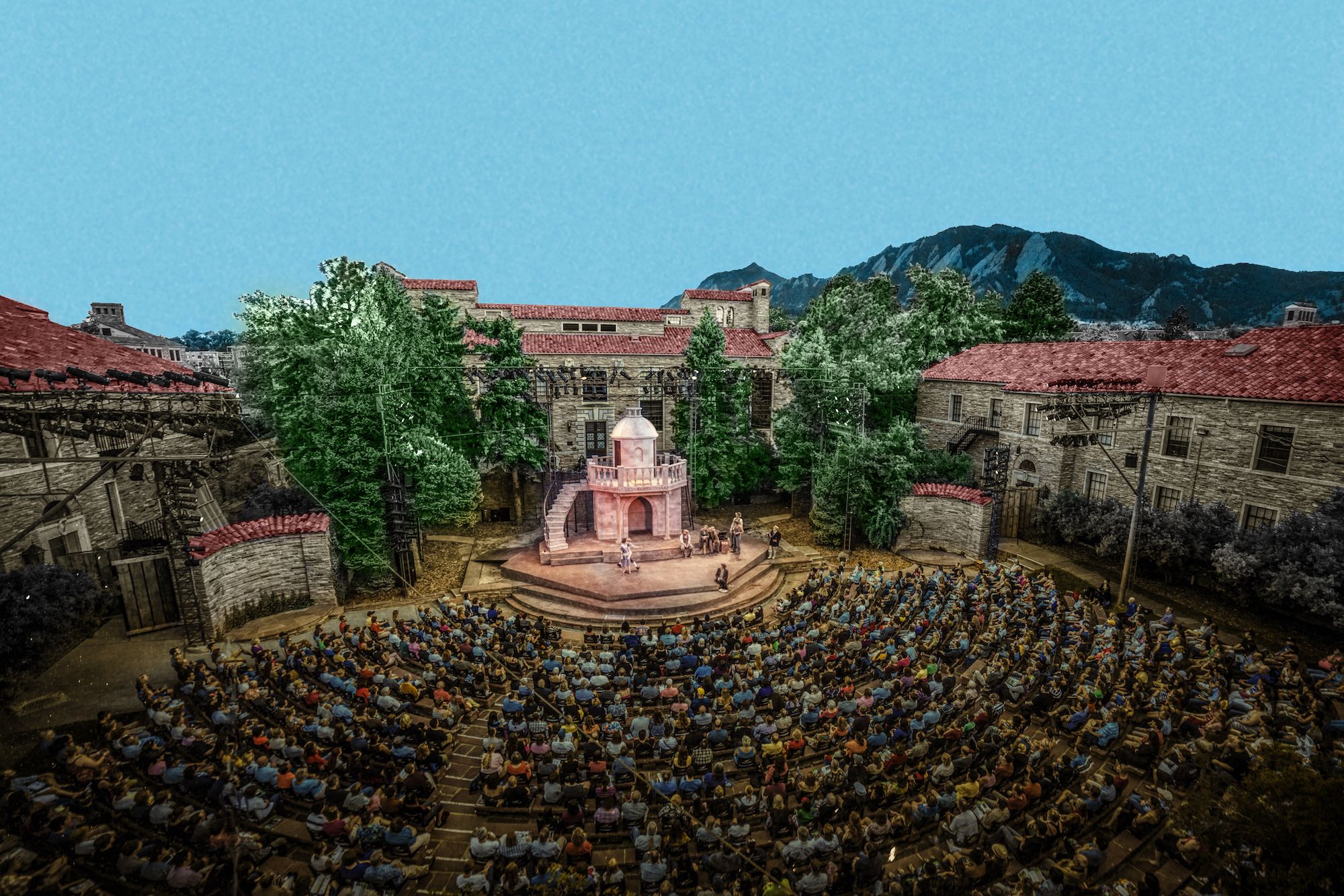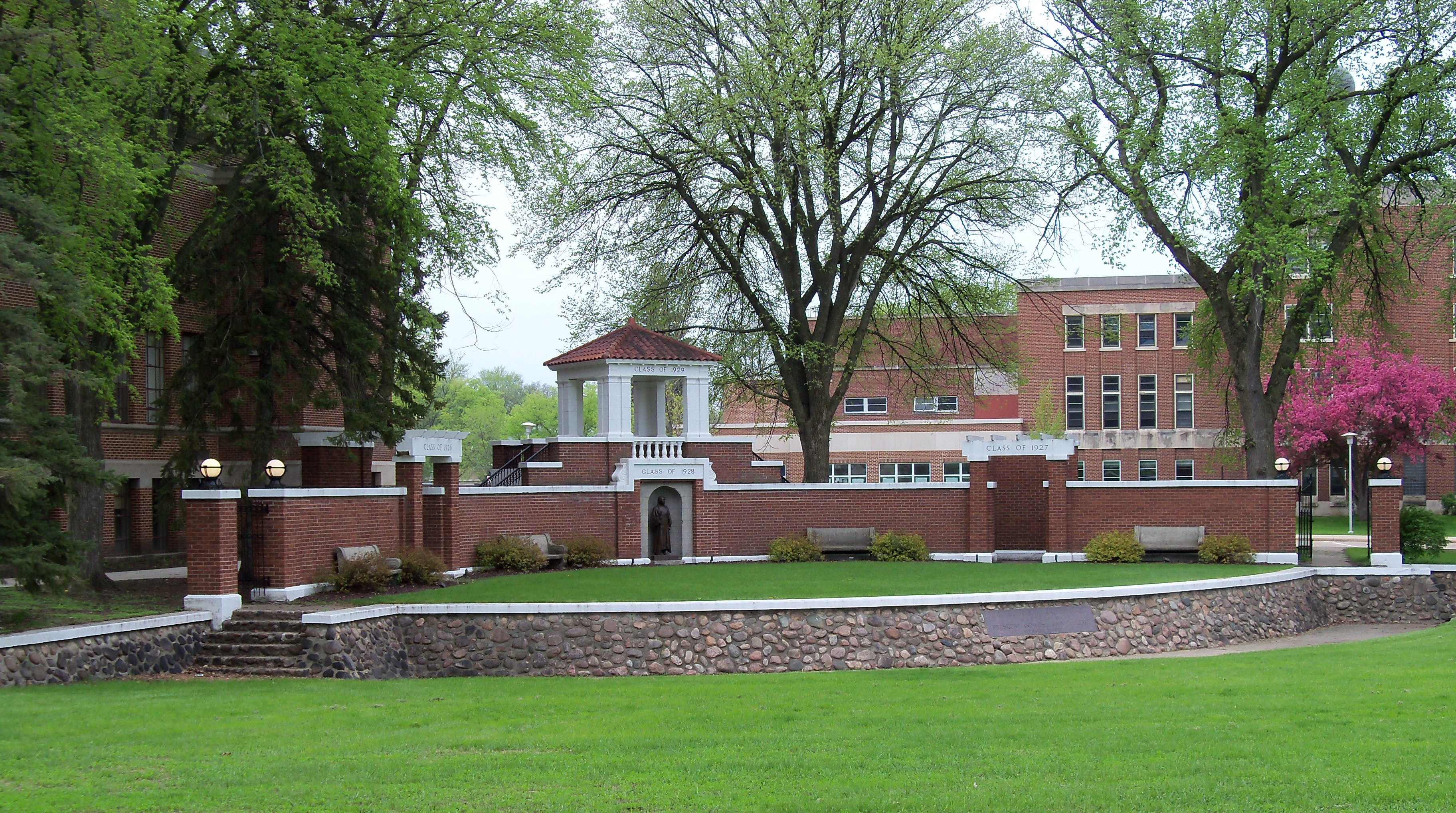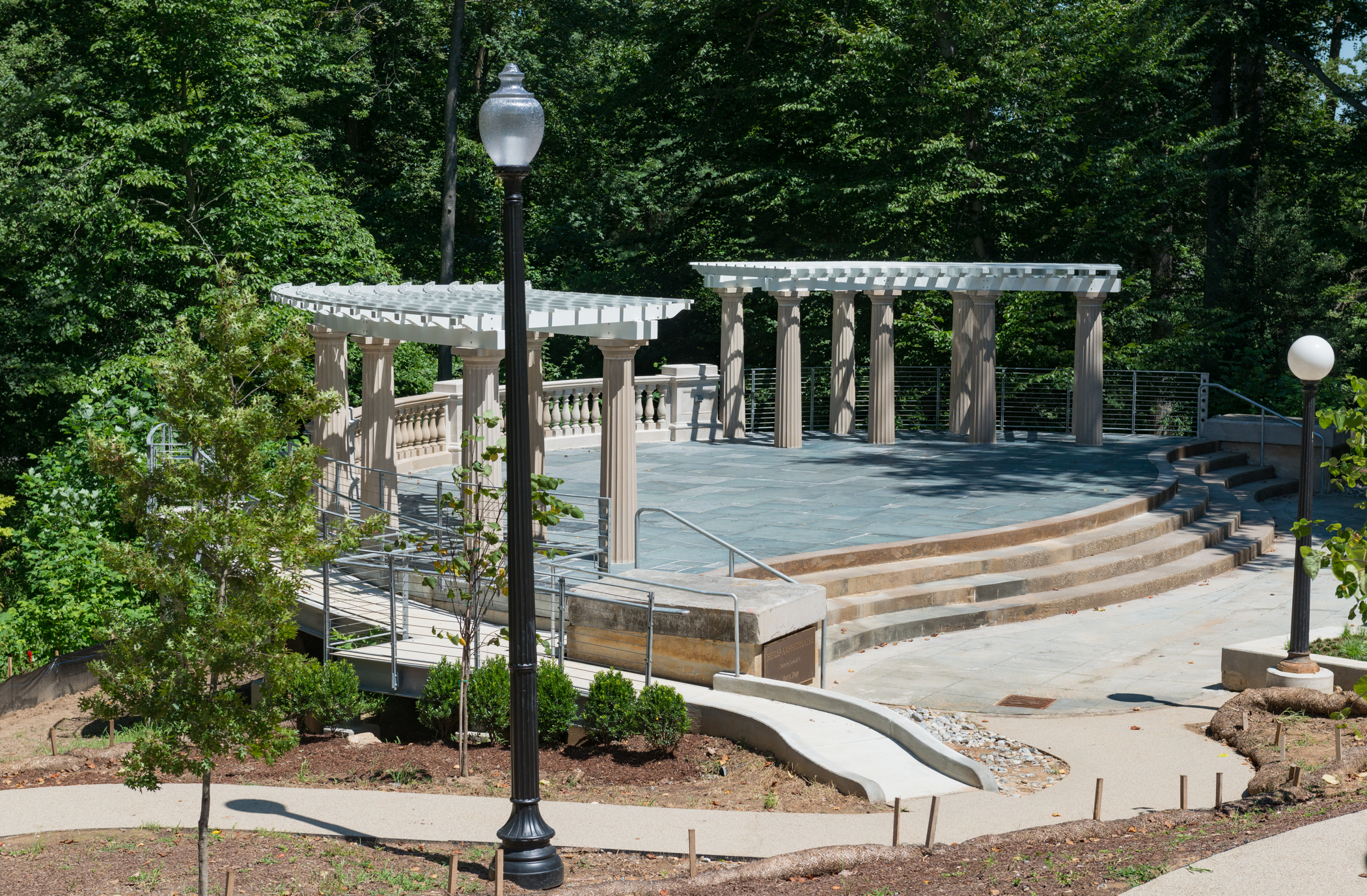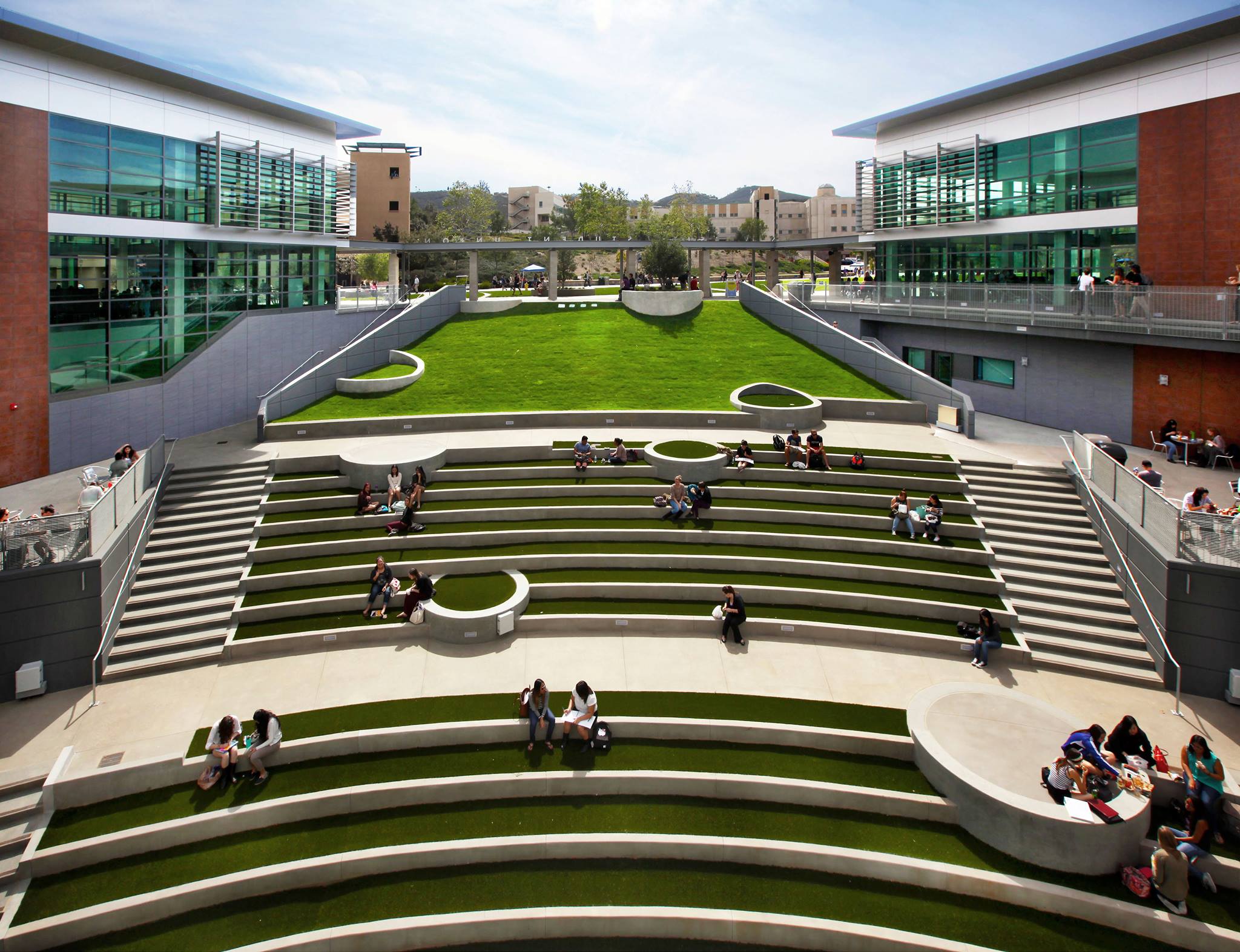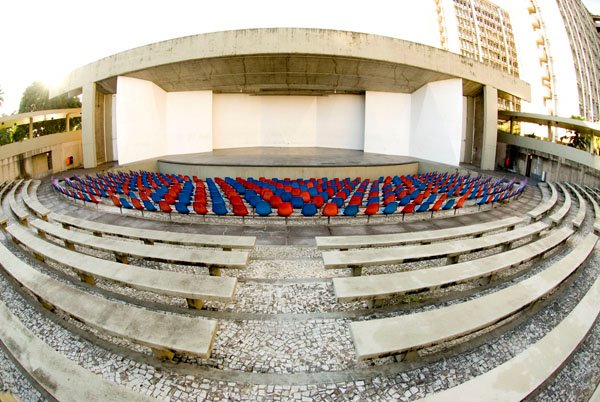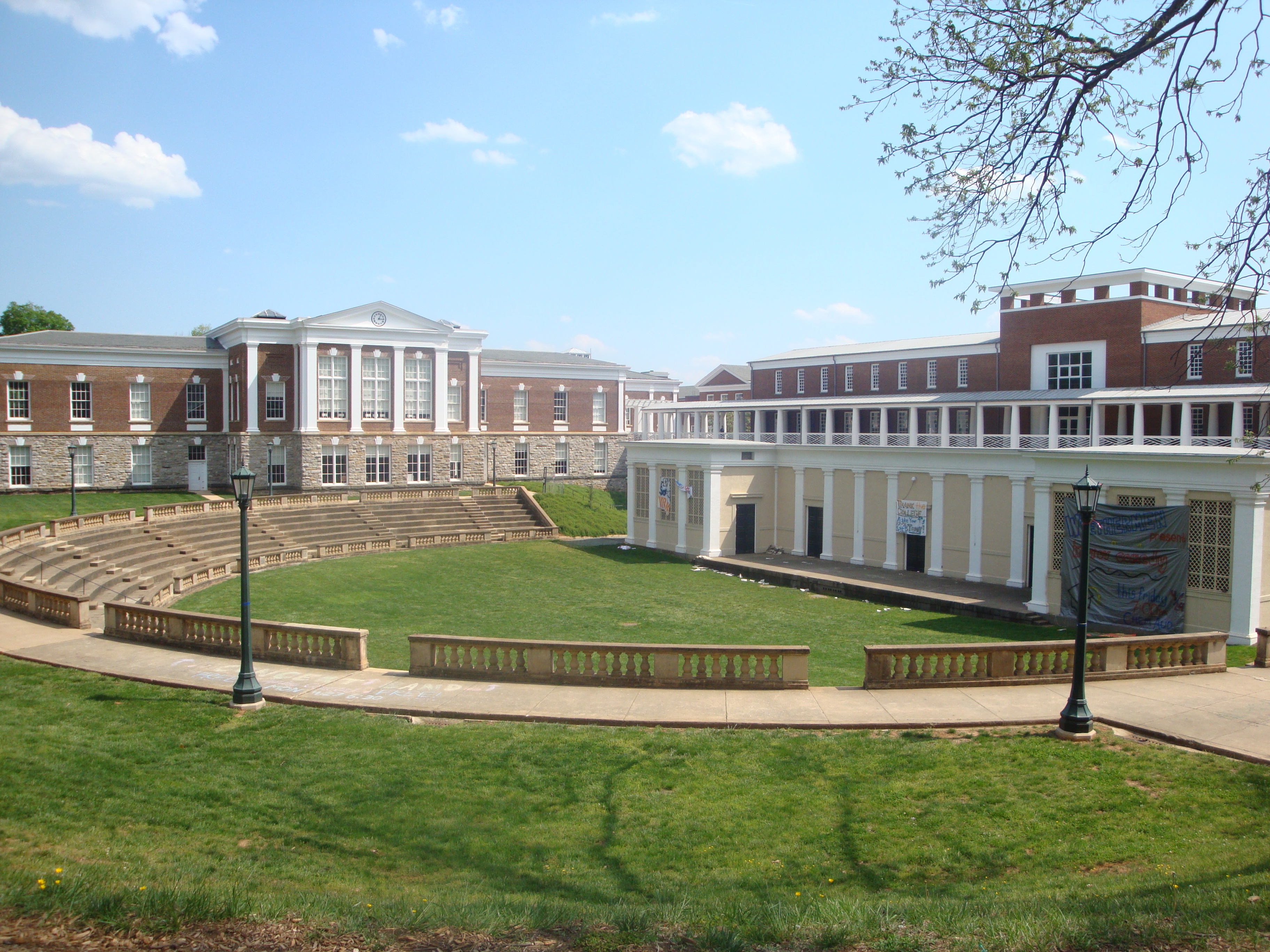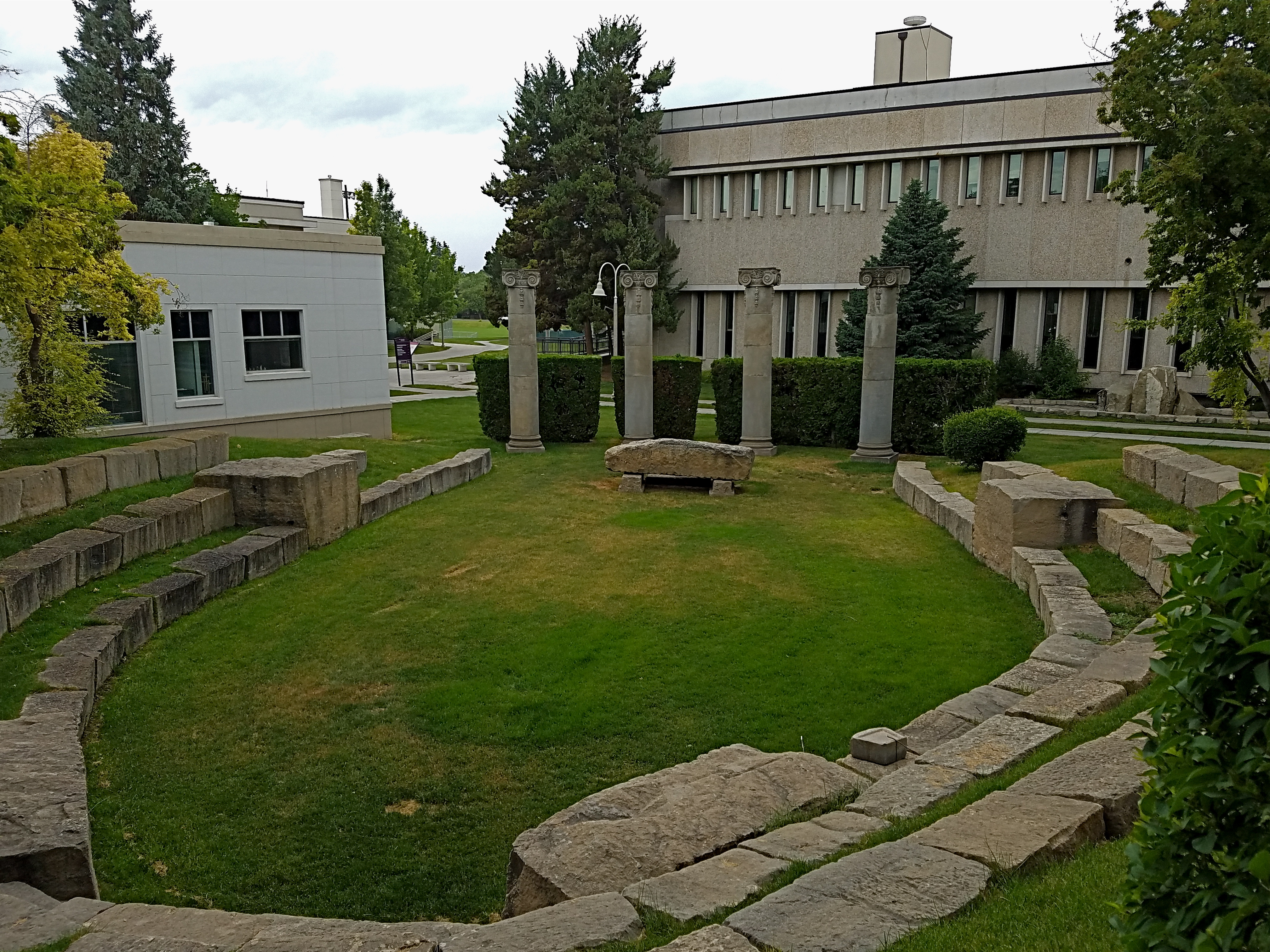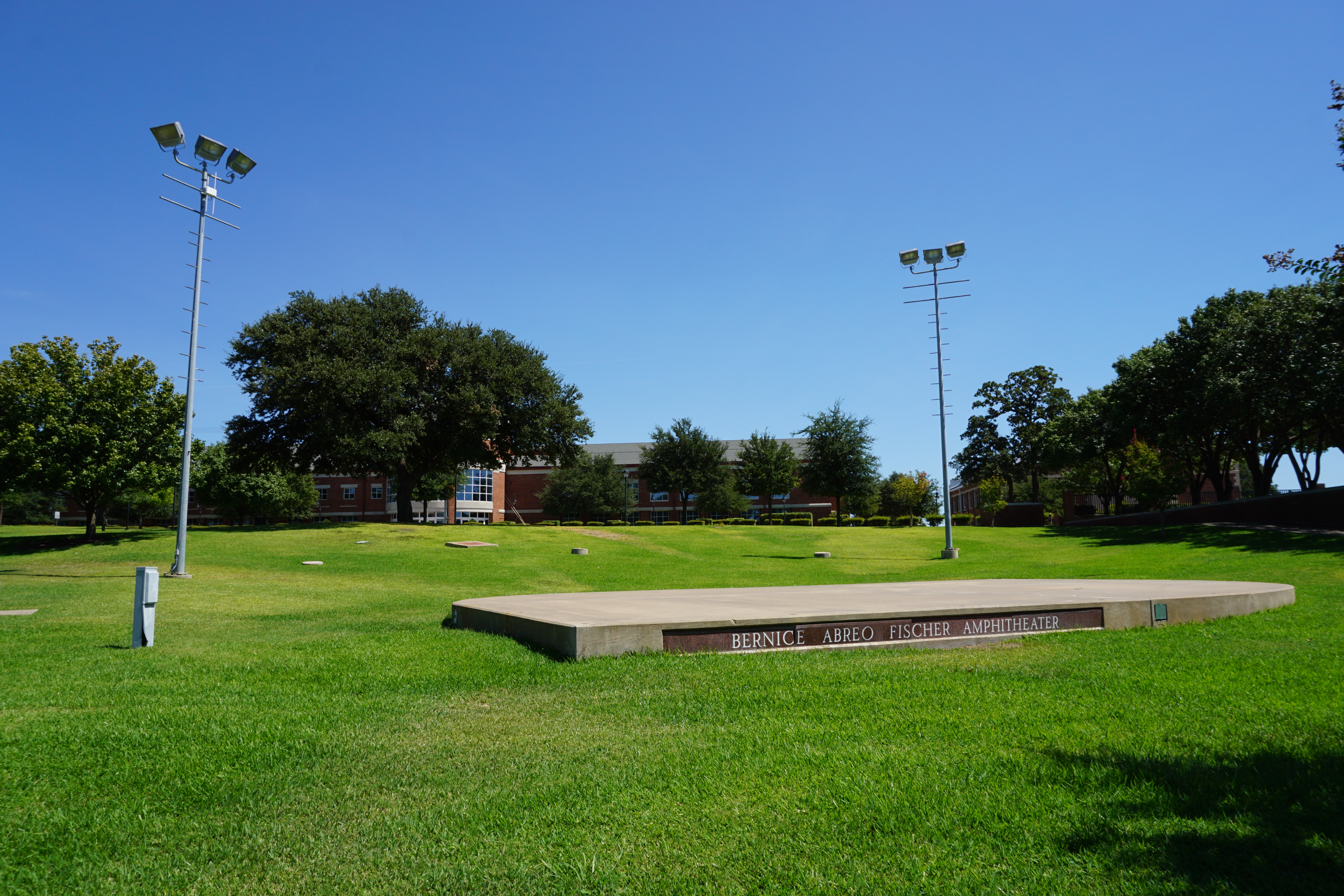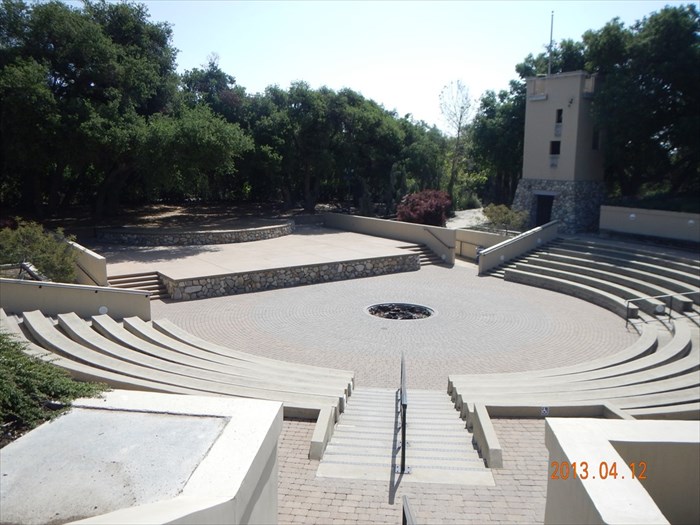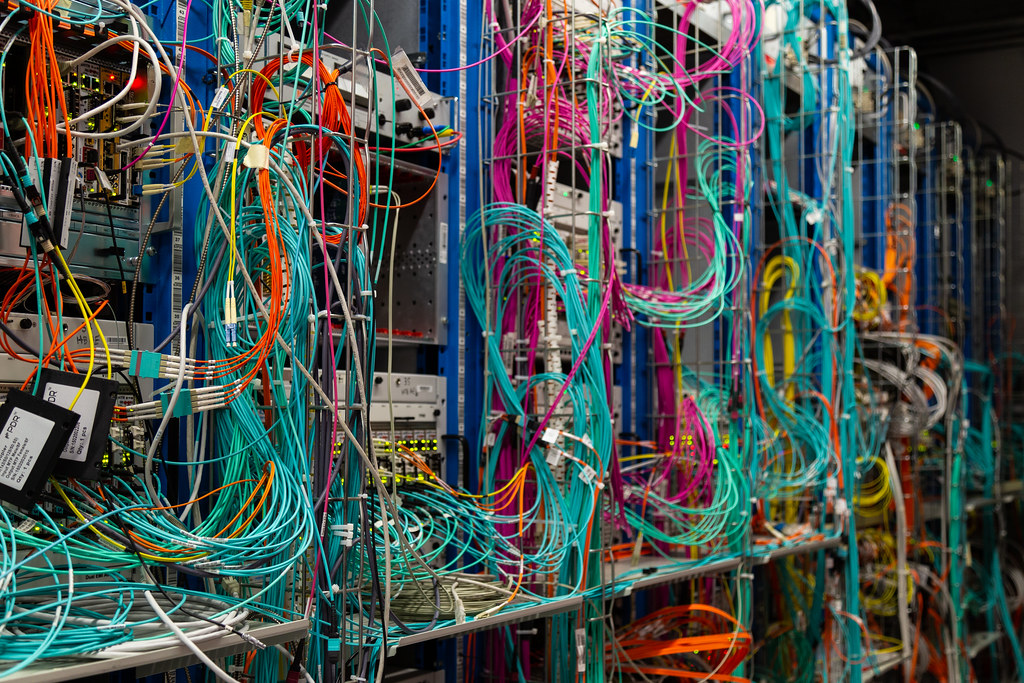Steel Manufacturing Research
- Home Page 53

Friday End of Workweek Provocation: Chemistry of Beer
The Perfect Cup of Coffee
Facilities & Energy Services: Procedures & Standards
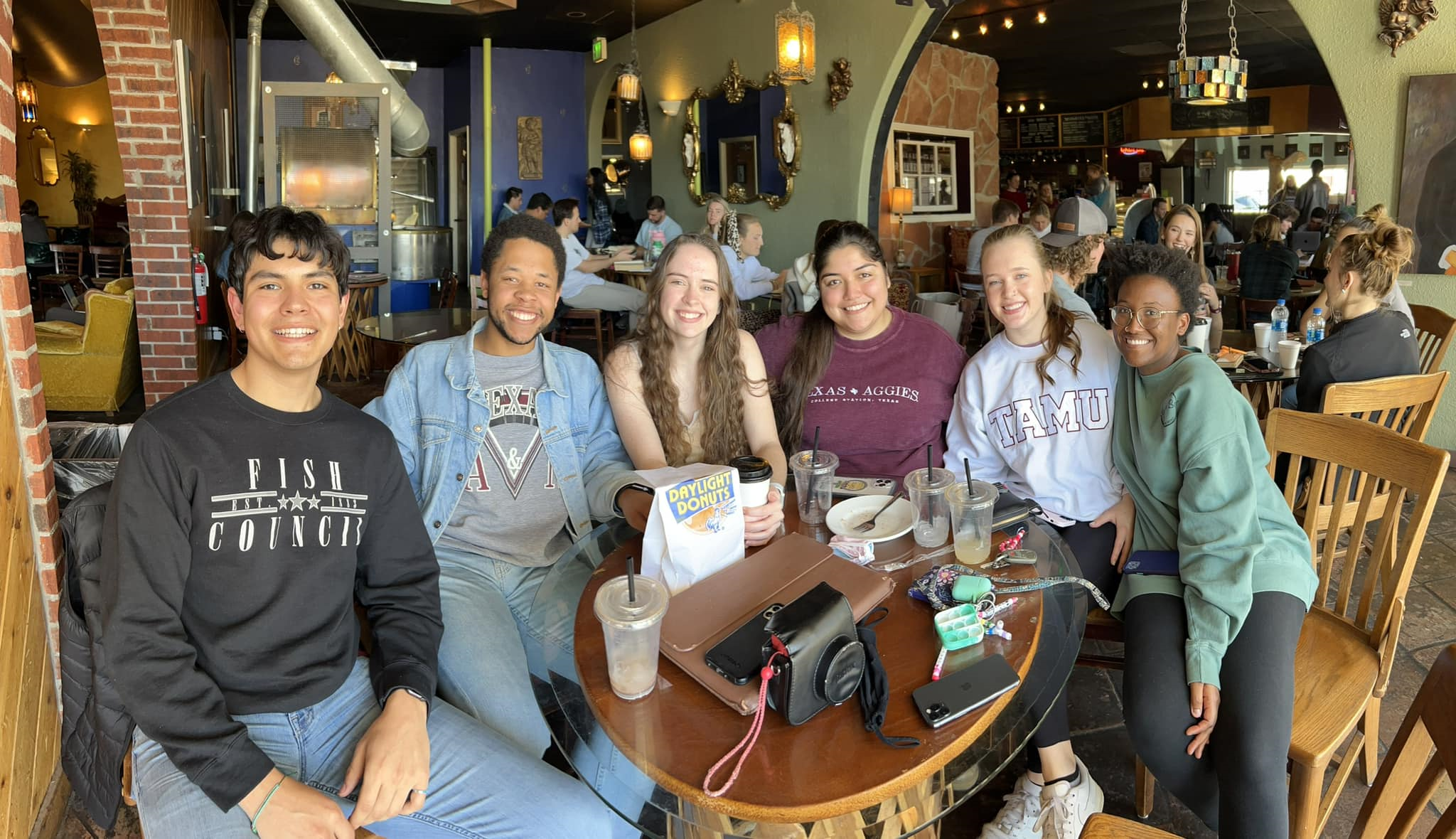
![]()
“Everything You Know About The Future is Wrong”
How surprisingly recent of an invention is your favourite way of brewing your morning coffee? pic.twitter.com/mnZYOPqs8L
— Simon Kuestenmacher (@simongerman600) January 27, 2024
Aristotle: On Sophistical Refutations Coming To Be Passing Away The Cosmos
Purdue University: Logical Fallacies and How to Spot Them
Plunder and Deceit: Big Government’s Exploitation of Young People and the Future (Mark Levin, 2015)
Amphitheaters
From from time to time — particularly in the months of fairer weather, when many events are hosted outdoors — we break form from the grind of responding to c0nsultations to simply enjoy these spaces See our CALENDAR for our periodic Lively c0lloquia when we drill down into technical specifics.
California State University San Marcos![]()
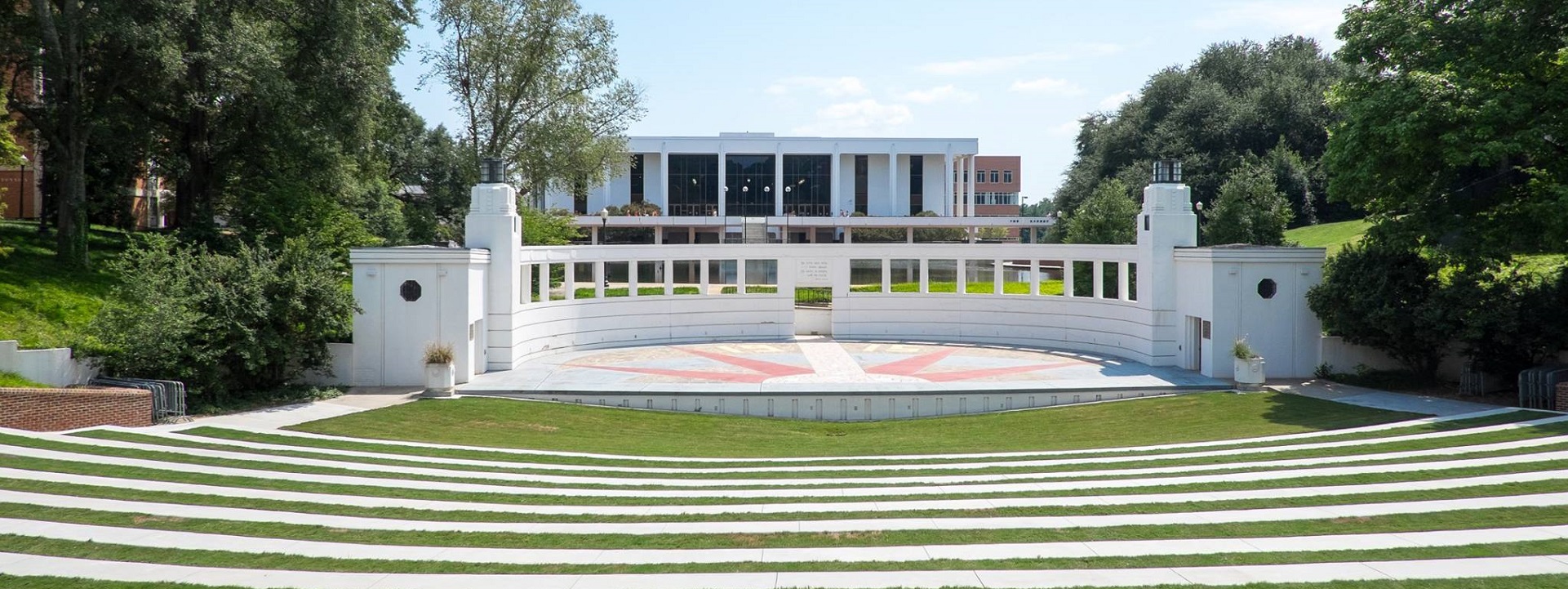
Clemson University
More coming
LEARN MORE:
Underground Electrotechnology
Best practice literature to be covered in our 11 AM session today are listed below. These codes and standards ensure safety, reliability, and compliance for underground electrical and telecommunications installations:
- National Electrical Code (NEC), NFPA 70
- Relevance: The NEC, published by the National Fire Protection Association, is the primary standard for safe electrical installations in the U.S. Articles 300 (Wiring Methods), 310 (Conductors for General Wiring), and 230 (Services) cover underground wiring, including burial depths, conduit requirements, and direct-burial cables like Type UF and USE-2. For example, NEC 300.5 specifies minimum cover depths (e.g., 24 inches for direct-burial cables, 18 inches for PVC conduit).
- Key Aspects: Rules for conductor protection, grounding, GFCI requirements, and conduit types (e.g., Schedule 80 PVC). Adopted by most U.S. jurisdictions with local amendments.
ANSI/TIA-568 Series (Commercial Building Telecommunications Cabling Standards)
- Relevance: Governs low-voltage telecommunications cabling, including underground installations. TIA-568.2-D (Balanced Twisted-Pair) and TIA-568.3-D (Optical Fiber) specify performance requirements for cables like Cat6 and fiber optics, including maximum distances (e.g., 100 meters for twisted-pair).
- Key Aspects: Ensures signal integrity, proper separation from high-voltage lines, and compliance for plenum or direct-burial-rated cables. Voluntary unless mandated by local codes.
IEEE 835 (Standard Power Cable Ampacity Tables)
- Relevance: Provides ampacity ratings for underground power cables, critical for sizing conductors to prevent overheating.
- Key Aspects: Includes data for direct-burial and ducted installations, considering soil thermal resistivity and ambient conditions. Often referenced alongside NEC for high-current applications.
UL 83 (Standard for Thermoplastic-Insulated Wires and Cables)
- Relevance: Underwriters Laboratories standard for wires like THWN-2, commonly used in underground conduits. Ensures cables meet safety and performance criteria for wet locations.
- Key Aspects: Specifies insulation durability, temperature ratings, and suitability for direct burial or conduit use. NEC requires UL-listed cables for compliance.
OSHA 1910.305 (Wiring Methods, Components, and Equipment)
- Relevance: U.S. Occupational Safety and Health Administration standard for workplace electrical safety, including underground installations in industrial settings.
- Key Aspects: Specifies approved wiring methods (e.g., armored cable, conduit) and enclosure requirements for underground cable trays or boxes. Focuses on worker safety during installation and maintenance.
CSA C22.1 (Canadian Electrical Code)
- Relevance: Canada’s equivalent to the NEC, governing underground electrical installations. Similar to NEC but tailored to Canadian conditions and regulations.
- Key Aspects: Defines burial depths, conduit types, and grounding requirements. For example, low-voltage cables (<30V) require 6-inch burial depth, like NEC.
Notes:
- Regional Variations: Always consult local building authorities, as codes like the NEC or AS/NZS 3000 may have amendments. For example, some U.S. states reduce burial depths for GFCI-protected circuits (NEC 300.5).
- Low-Voltage vs. High-Voltage: Standards like TIA-568 and ISO/IEC 11801 focus on low-voltage (e.g., <50V) telecommunications, while NEC and IEC 60364 cover both power and telecom.
- Practical Compliance: Before installation, call 811 (U.S.) or equivalent to locate underground utilities, and obtain permits/inspections as required by local codes.
- Critical Examination: While these standards are authoritative, they can lag behind technological advancements (e.g., new cable types like GameChanger exceeding TIA-568 limits). Over-reliance on minimum requirements may limit performance for cutting-edge applications.
Underground Electrotechnology General Conditions and Standard Details
Related:
Cambridge Center for Smart Infrastructure & Construction
“No village or individual shall be compelled to make bridges at river banks,
except those who from of old are legally bound to do so.”
— Magna Cara Clause 23 (Limiting forced labor for infrastructure)

“Clare Hall and King’s College Chapel, Cambridge, from the Banks of the River Cam” / Joseph Mallord William Turner (1793)
Smart Infrastructure: Getting More From Strategic Assets
Dr Jennifer Schooling, Director of CSIC
Dr Ajith Parlikad, CSIC Co-Investigator and Senior Lecturer
Mark Enzer, Global Water Sector Leader
Mott MacDonald; Keith Bowers, Principal Tunnel Engineer, London Underground
Ross Dentten, Asset Information and Configuration Manager, Crossrail
Matt Edwards, Asset Maintenance and Information Manager, Anglian Water Services
Jerry England, Group Digital Railway Director, Network Rail
Volker Buscher, Director, Arup Digital
Smart Infrastructure is a global opportunity worth £2trn-4.8trn. The world is experiencing a fourth industrial revolution due to the rapid development of technologies and digital abundance.
Smart Infrastructure involves applying this to economic infrastructure for the benefit of all stakeholders. It will allow owners and operators to get more out of what they already have, increasing capacity, efficiency and resilience and improving services.
It brings better performance at lower cost. Gaining more from existing assets is the key to enhancing service provision despite constrained finance and growing resource scarcity. It will often be more cost-effective to add to the overall value of mature infrastructure via digital enhancements than by physical enhancements – physical enhancements add `more of the same’, whereas digital enhancements can transform the existing as well.
Smart Infrastructure will shape a better future. Greater understanding of the performance of our infrastructure will allow new infrastructure to be designed and delivered more efficiently and to provide better whole-life value.
Data is the key – the ownership of it and the ability to understand and act on it. Industry, organisations and professionals need to be ready to adjust in order to take advantage of the emerging opportunities. Early adopters stand to gain the most benefit. Everyone in the infrastructure sector has a choice as to how fast they respond to the changes that Smart Infrastructure will bring. But everyone will be affected.
Change is inevitable. Progress is optional. Now is the time for the infrastructure industry to choose to be Smart.
LEARN MORE:
Cambridge Centre for Smart Infrastructure and Construction
Perspective: Since this paper is general in its recommendations, we provide examples of specific campus infrastructure data points that are difficult, if not impossible, to identify and “make smart” — either willfully, for lack of funding, for lack of consensus, for lack of understanding or leadership:
-
- Maintenance of the digital location of fire dampers in legacy buildings or even new buildings mapped with BIM. Doors and ceiling plenums are continually being modified and the As-Built information is usually not accurate. This leads to fire hazard and complicates air flow and assuring occupant temperature preferences (i.e. uncontrollable hot and cold spots)
- Ampere readings of feeder breakers downstream from the electric service main. The power chain between the service substation and the end-use equipment is a “no-man’s land” in research facilities that everyone wants to meter but few ever recover the cost of the additional metering.
- Optimal air flow rates in hospitals and commercial kitchens that satisfies both environmental air hazards and compartmentalized air pressure zones for fire safety.
- Identification of students, staff and faculty directly affiliated with the campus versus visitors to the campus.
- Standpipe pressure variations in municipal water systems
- Pinch points in municipal sewer systems in order to avoid building flooding.
- How much of university data center cost should be a shared (gateway) cost, and how much should be charged to individual academic and business units?
- Should “net-zero” energy buildings be charged for power generated at the university central heating and electric generation plant?
- How much staff parking should be allocated to academic faculty versus staff that supports the healthcare delivery enterprises; which in many cases provides more revenue to the university than the academic units?
- Finally, a classical conundrum in facility management spreadsheets: Can we distinguish between maintenance cost (which should be covered under an O&M budget) and capital improvement cost (which can be financed by investors)
Information & Communication Technology Cabling
Balloting on the first stage of development of the 2023 National Electrical Code is underway now and will be completed by March 26th. We collaborate with several experts in the IEEE who are the leading voices in standards setting for ICT infrastructure present in education communities. The issues are many and complex and fast-moving. We provide transcripts and a sample of the issues that will determine the substance of the 2023 Edition.
Code Making Panel No. 3 Public Input Report
A sample of concepts in play:
Temperature limitations of Class 2 and Class 3 Cables
Fire resistive cabling systems
Multi-voltage (single junction, entry, pathway or connection) signaling control relay equipment
Listing of audio/video power-limited circuits
Code Making Panel No. 16 Public Input Report
A sample of concepts in play:
Definition of “Communication Utility”
Mechanical execution of work
Listed/Unlisted cables entering buildings
Underground communication cabling coordination with the National Electrical Safety Code
Public comment on the First Draft of the 2026 revision will be received until August 24, 2024. We collaborate with the IEEE Education & Healthcare Facilities Committee which hosts open colloquia 4 times monthly in European and American time zones. See our CALENDAR for the next online meeting; open to everyone.
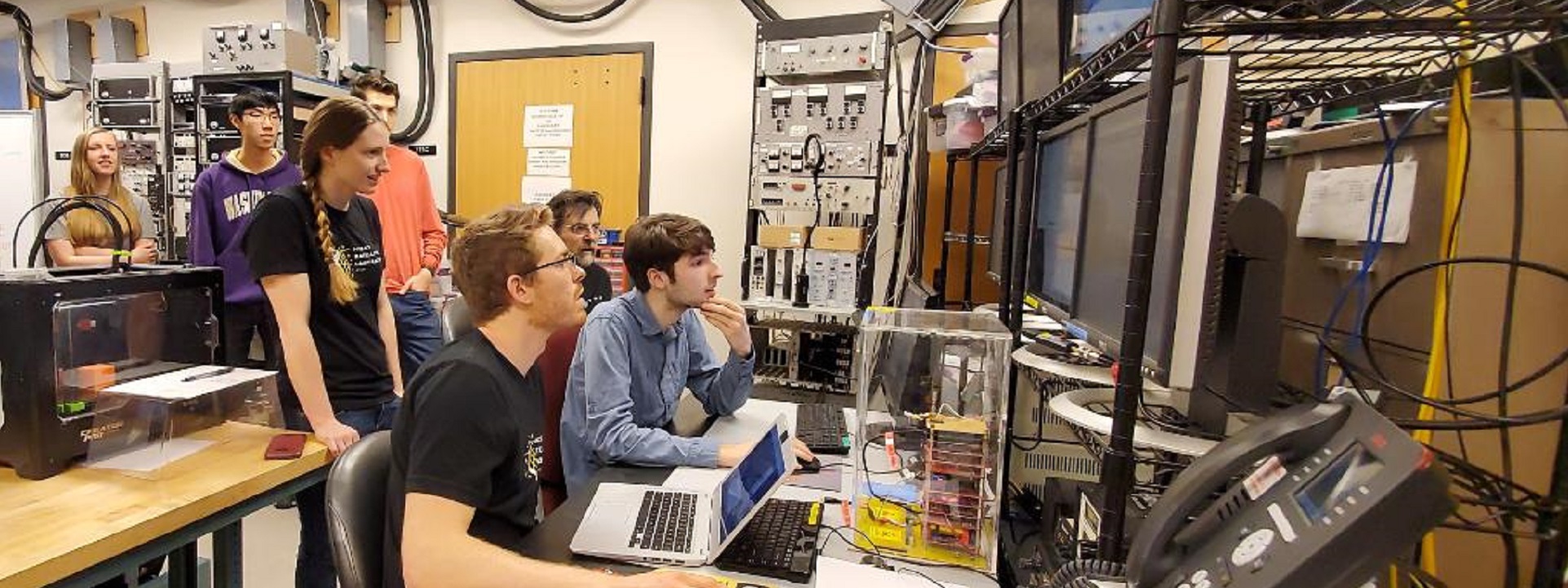
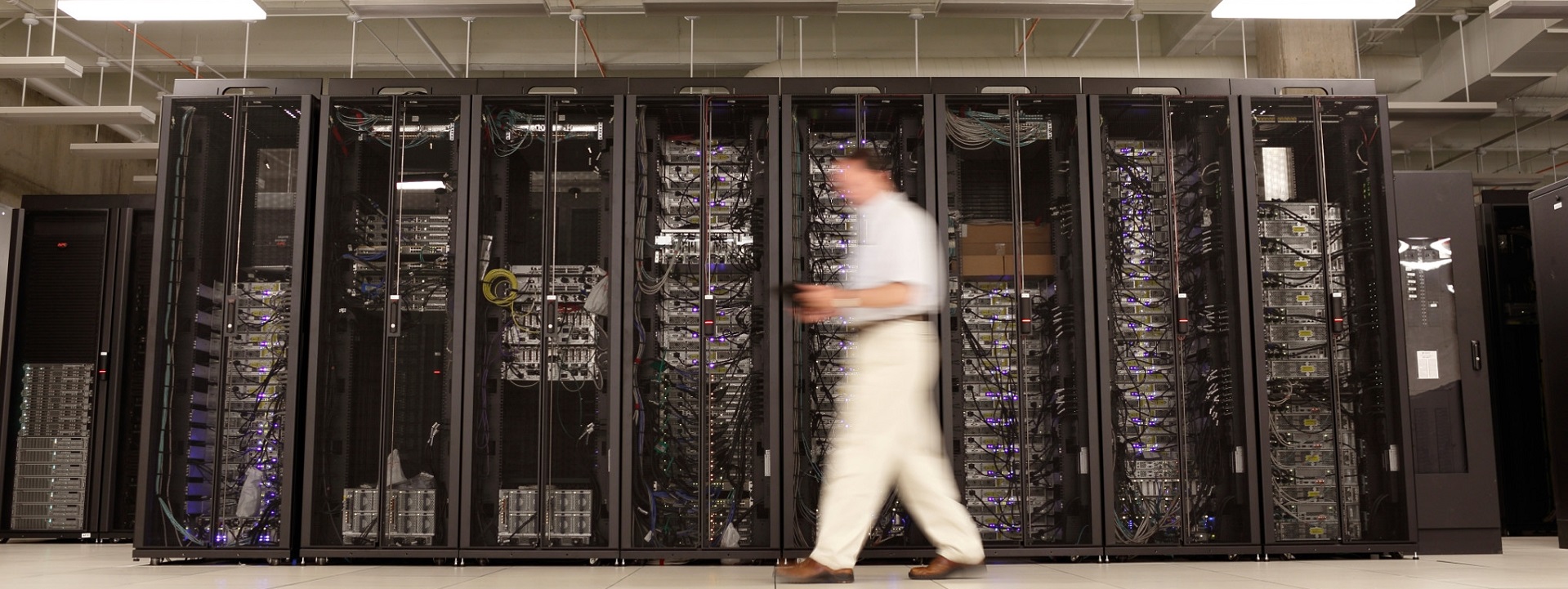

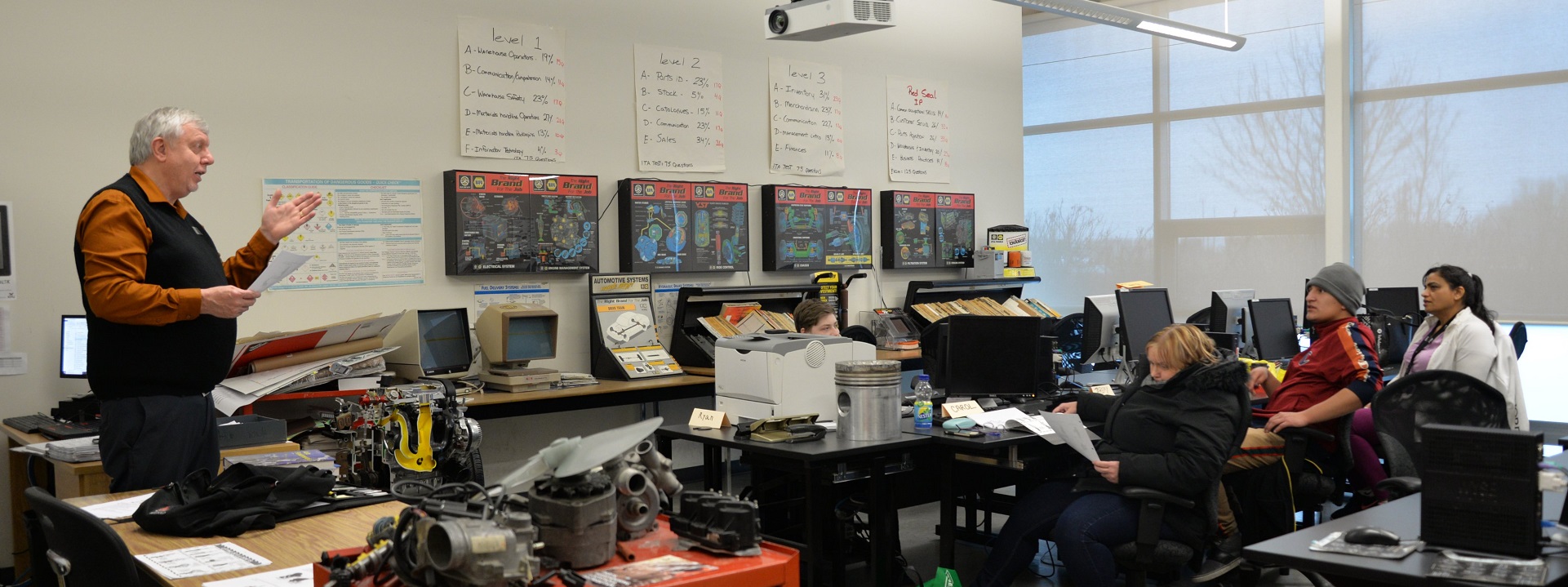
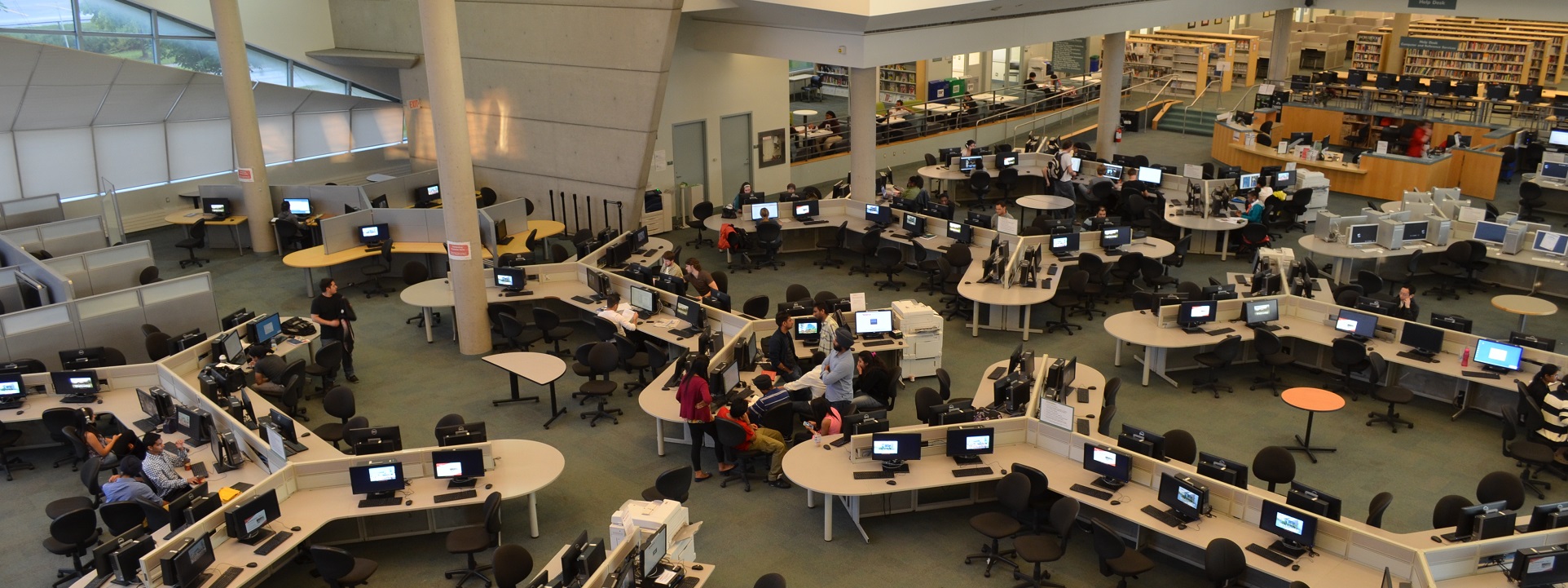
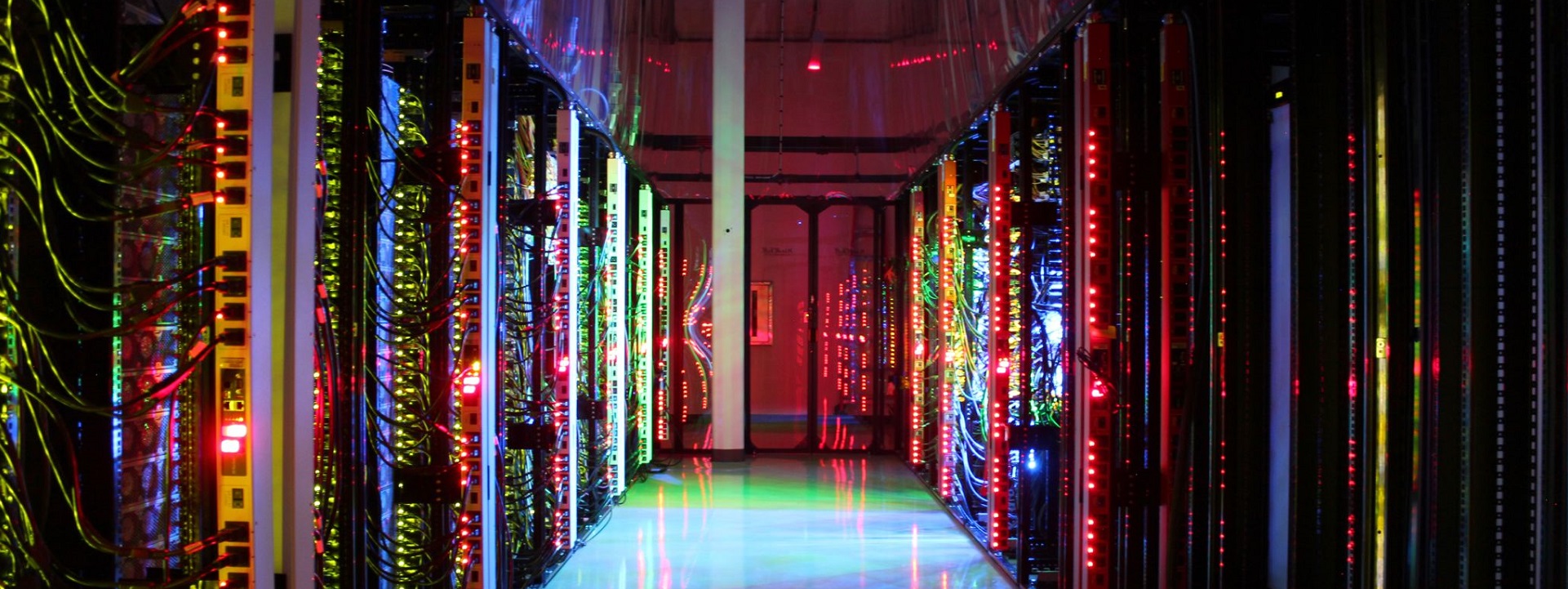

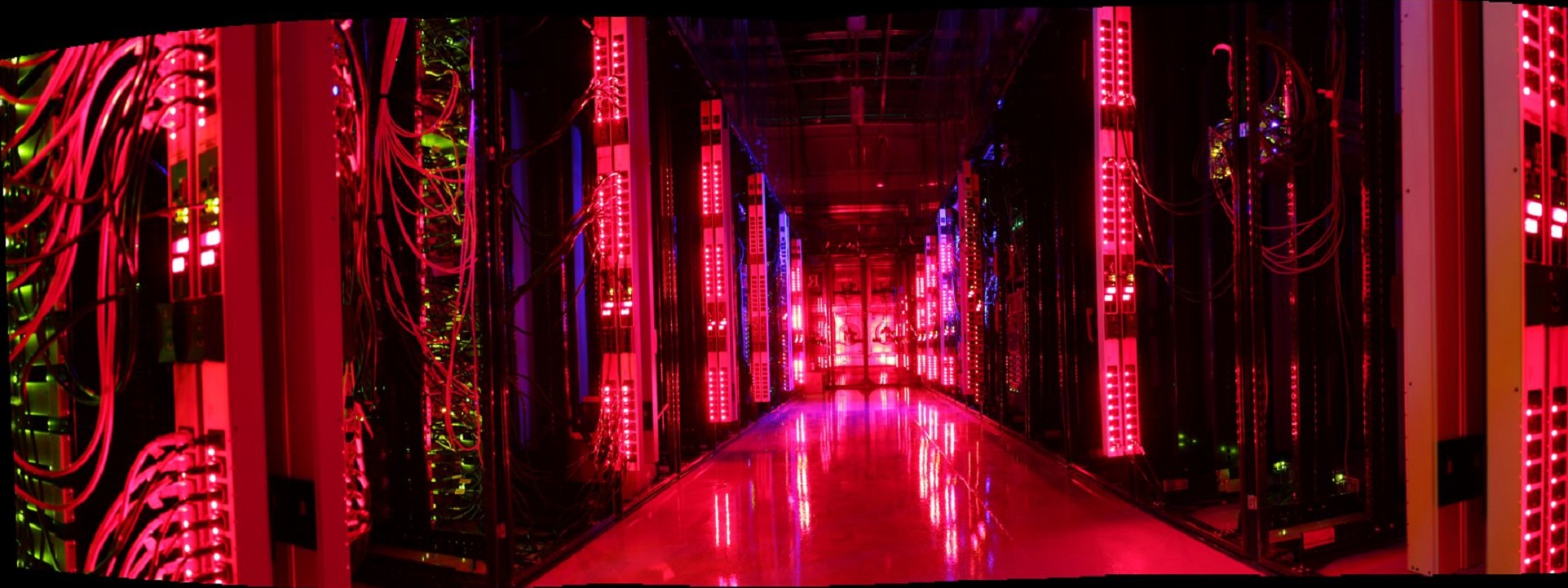


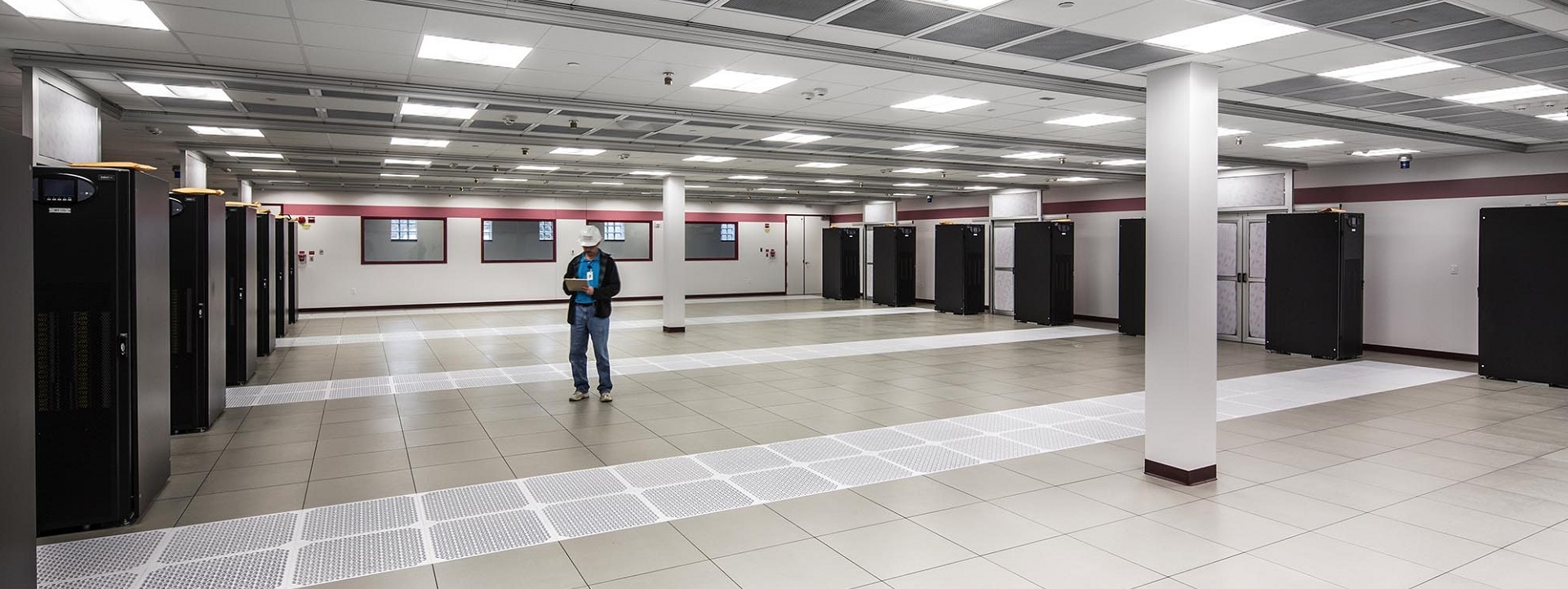
Virtual Choir
This content is accessible to paid subscribers. To view it please enter your password below or send mike@standardsmichigan.com a request for subscription details.
Large Language Model Standards
Perhaps the World Ends Here | Joy Harjo
Standards and benchmarks for evaluating large language models (LLMs). Some of the most commonly used benchmarks and standards include:
- GLUE (General Language Understanding Evaluation): GLUE is a benchmark designed to evaluate and analyze the performance of models across a diverse range of natural language understanding tasks, such as text classification, sentiment analysis, and question answering.
- SuperGLUE: SuperGLUE is an extension of the GLUE benchmark, featuring more difficult language understanding tasks, aiming to provide a more challenging evaluation for models.
- CoNLL (Conference on Computational Natural Language Learning): CoNLL has historically hosted shared tasks, including tasks related to coreference resolution, dependency parsing, and other syntactic and semantic tasks.
- SQuAD (Stanford Question Answering Dataset): SQuAD is a benchmark dataset for evaluating the performance of question answering systems. It consists of questions posed on a set of Wikipedia articles, where the model is tasked with providing answers based on the provided context.
- RACE (Reading Comprehension from Examinations): RACE is a dataset designed to evaluate reading comprehension models. It consists of English exam-style reading comprehension passages and accompanying multiple-choice questions.
- WMT (Workshop on Machine Translation): The WMT shared tasks focus on machine translation, providing benchmarks and evaluation metrics for assessing the quality of machine translation systems across different languages.
- BLEU (Bilingual Evaluation Understudy): BLEU is a metric used to evaluate the quality of machine-translated text relative to human-translated reference texts. It compares n-gram overlap between the generated translation and the reference translations.
- ROUGE (Recall-Oriented Understudy for Gisting Evaluation): ROUGE is a set of metrics used for evaluating automatic summarization and machine translation. It measures the overlap between generated summaries or translations and reference summaries or translations.
These benchmarks and standards play a crucial role in assessing the performance and progress of large language models, helping researchers and developers understand their strengths, weaknesses, and areas for improvement.
New topic for us; time only to cover the basics. We have followed language, generally, however — every month — because best practice discovery and promulgation in conceiving, designing, building, occupying and maintaining the architectural character of education settlements depends upon a common vocabulary. The struggle to agree upon vocabulary presents an outsized challenge to the work we do.
Large language models hold significant potential for the building construction industry by streamlining various processes. They can analyze vast amounts of data to aid in architectural design, structural analysis, and project management. These models can generate detailed plans, suggest optimized construction techniques, and assist in cost estimation. Moreover, they facilitate better communication among stakeholders by providing natural language interfaces for discussing complex concepts. By harnessing the power of large language models, the construction industry can enhance efficiency, reduce errors, and ultimately deliver better-designed and more cost-effective buildings.
Join us today at the usual hour. Use the login credentials at the upper right of our home page.
Related:
New update alert! The 2022 update to the Trademark Assignment Dataset is now available online. Find 1.29 million trademark assignments, involving 2.28 million unique trademark properties issued by the USPTO between March 1952 and January 2023: https://t.co/njrDAbSpwB pic.twitter.com/GkAXrHoQ9T
— USPTO (@uspto) July 13, 2023
Standards Michigan Group, LLC
2723 South State Street | Suite 150
Ann Arbor, MI 48104 USA
888-746-3670





